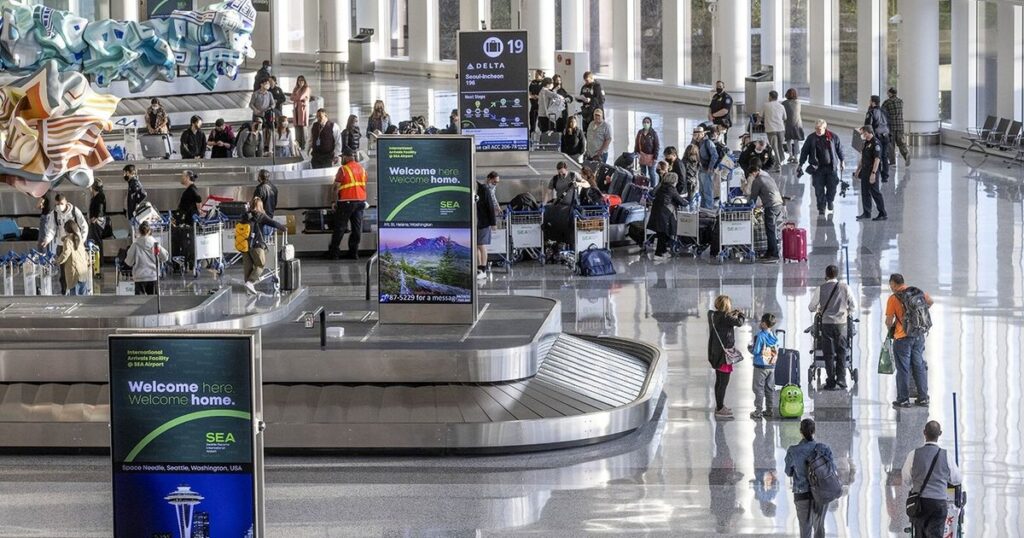Millions of foreign visitors to the United States, including travelers from Mexico, India, Brazil and China, will be subject to a new $250 visa fee as part of a spate of changes introduced by the Trump administration’s recently enacted domestic policy law.
The fee, which may be refundable, will apply to nonimmigrant visa categories, including foreign tourists, business travelers and students. It will not apply to most visitors from Canada or to visitors covered by the United States’ visa-waiver program, which includes much of Europe and a handful of countries in the Middle East, Asia and elsewhere.
The tourism industry is bracing for the impact of the new fee. Even tourism leaders who supported the law’s aims to shore up U.S. immigration rules balked at the fees as an unnecessary impediment to international travel. Concerns have also proliferated among international soccer fans in the run-up to the 2026 World Cup, which will be hosted by the United States, Canada and Mexico.
Here’s what to know about the new fee.
Who will have to pay the $250 fee?
The charge, called a “visa integrity fee,” will apply to any foreign national who requires a nonimmigrant visa to enter the United States. That includes business visitors, vacationers, temporary workers, students and medical tourists, among other categories. The $250 fee will be levied in addition to the $185 cost of the nonimmigrant visa itself.
Some 11 million visitors were issued nonimmigrant visas in 2024, according to statistics from the State Department.
Visitors from countries that participate in the visa-waiver program, which includes most of Europe, as well as Australia, Chile, Israel, Japan, Qatar, South Korea and the United Kingdom, among other countries, will not be subject to the fee. Most Canadian visitors will also be unaffected.
Will travelers get a refund for the fee?
Possibly, but the details remain unclear.
While the fee is required when applying for a nonimmigrant visa, travelers may be reimbursed after their trip as long as they comply with their visa’s restrictions. The law does not stipulate how reimbursements will be processed.
How will the fee affect tourism?
The new fee adds to a swirling sense of uncertainty around international travel to the United States.
In a statement this month, Geoff Freeman, the president and CEO of the U.S. Travel Association, a trade group that promotes travel to and within the country, called the fees “foolish” while praising the law’s improvements to travel infrastructure and security.
Parisa Karaahmet, a partner at Fragomen, an immigration law firm, said the rise in fees to enter the United States could be a “deterrent” for travelers. “This may be especially true given the limited information currently available on how and when these funds might be refunded upon departure from the U.S.,” she said in an email.
Are there any other new or increased fees?
Yes, several.
The fee for the I-94 form, a record of departure and arrival, will increase to $24, up from $6. The fee for the Electronic Visa Update System, required of certain nonimmigrants from China, will increase to at least $30, up from $8. And the fee for Electronic System for Travel Authorization, which is required for visitors from visa-waiver countries, will increase to $40, up from $21.
The law also allows for annual increases for inflation.

